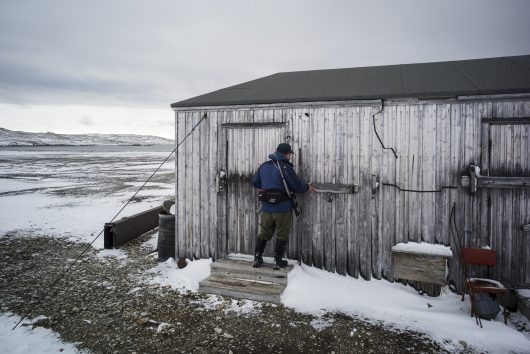Five Facts About Poverty in Svalbard
 Svalbard, the Norwegian archipelago midway between Norway and the North Pole, is the northernmost settlement in the world with a civilian population. The archipelago has a population of 2,667, and while it is a territory of the Kingdom of Norway, its policies on poverty and social welfare contrast greatly with its mainland counterpart.
Svalbard, the Norwegian archipelago midway between Norway and the North Pole, is the northernmost settlement in the world with a civilian population. The archipelago has a population of 2,667, and while it is a territory of the Kingdom of Norway, its policies on poverty and social welfare contrast greatly with its mainland counterpart.
- Residents of the archipelago are required to have a job to reside there, essentially making poverty in Svalbard illegal. In addition, residents must have a fixed place of residence, making homelessness also illegal and ensuring that residents will not freeze to death. Residents without jobs are promptly deported to the Norwegian mainland, ensuring that the population remains able-bodied and sufficiently employed.
- Unlike its mainland counterpart of Norway, Svalbard has no social welfare system. The government does fund a school and a hospital, but provides no safety net of welfare for its residents, keeping with its policies regarding joblessness. This keeps taxes very low on the archipelago.
- While Svalbard has experienced a recent increase in crime, its overall crime rate has remained low. The archipelago stands as a microcosm of society, and while its methods are not necessarily universal, according to governor Odd Olsen Ingero, it does show a clear correlation between criminal activity and joblessness.
- The archipelago is home to the Svalbard Global Seed Vault, a vault designed as a fail-safe for over 1,700 genebanks worldwide. The vault currently stores over 880,000 samples of seeds in the permafrost at -18 degrees Celsius, guaranteeing that the samples will remain viable for hundreds of years.
Contributions from nations around the world work as insurance for genetic crop variations, providing a backup in case of natural or man-made catastrophes. The vault stands as a powerful defense against hunger worldwide and has most recently been used to aid a vulnerable gene bank in Aleppo during the Syrian civil war of 2015. - Prices of fresh food on Svalbard sometimes border on extortionate. Its employed population and lack of social welfare help to keep taxes on the archipelago low, but high costs of transportation and extreme weather conditions make fresh foods such as vegetables and dairy extremely expensive. In 2014, Svalbardposten reported that a one-liter carton of milk could cost the equivalent of 7 U.S. dollars,
Poverty in Svalbard is practically nonexistent, but its economic policies and small population shed light on broader social issues. And while the archipelago’s economy is small and seemingly insignificant, it provides a fascinating microcosm of larger societies and a powerful platform for research. In addition, the archipelago’s Global Seed Vault has been and will continue to be a powerful weapon against poverty and hunger worldwide.
– Chasen Turk
Photo: Flickr
